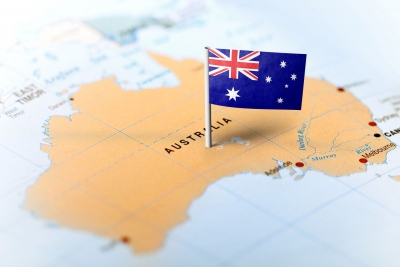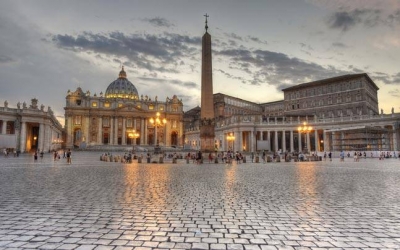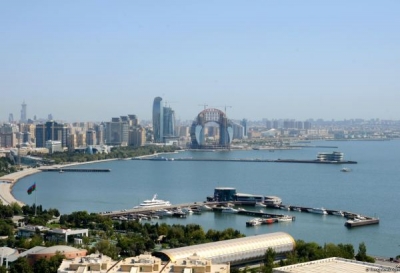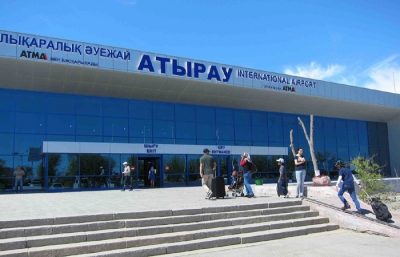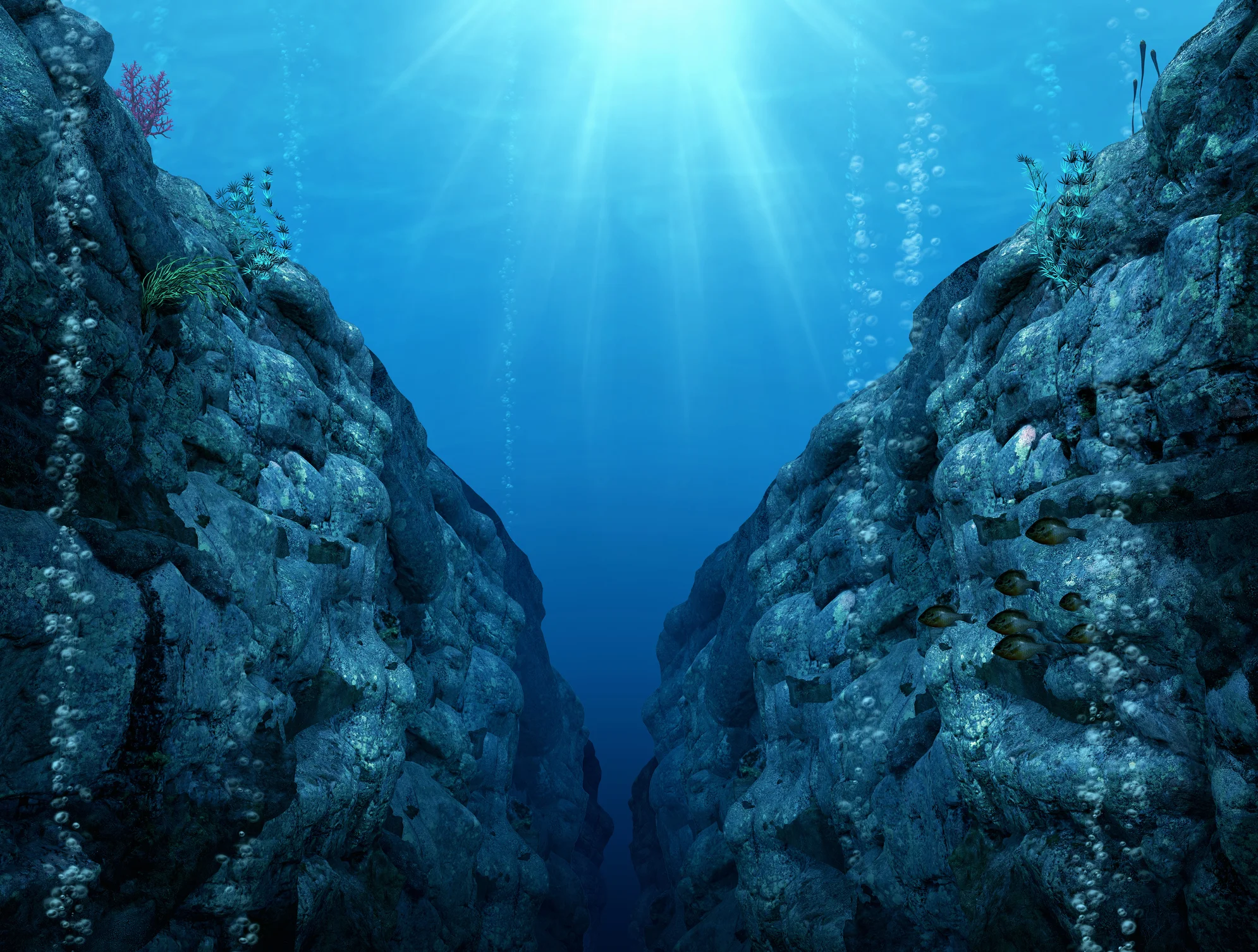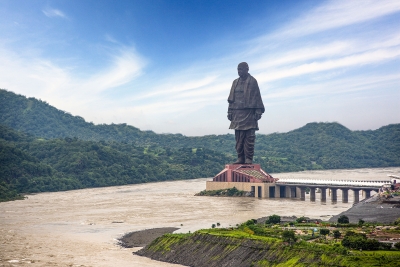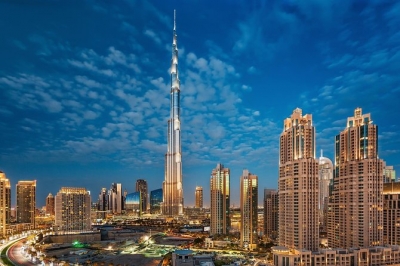Which is the largest aircraft carrier in India?
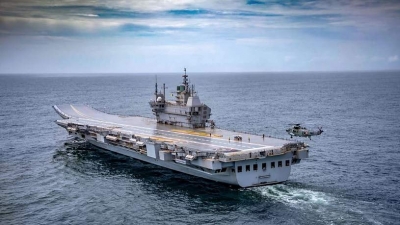
INS Vikrant is India's largest aircraft carrier and the largest ship that has ever been built in the country. The ship was named after its famous predecessor, the country’s first aircraft carrier, which was pivotal in the success of the 1971 war. The ship was designed and built by the Warship Design Bureau (WDB) and Cochin Shipyard Limited, which is a Public Sector Shipyard governed by the Ministry of Ports, Shipping and Waterways.
With 14 decks consisting of 2,300 compartments, which can accommodate 1,500 sea warriors, it has the facilities to meet the food requirements of the people on board. Around 10,000 chapatis or rotis can be prepared in the ship's kitchen, which is called the ship's galley.
The aircraft carrier is 18-storeyed. Built to be larger and more advanced than its predecessor, INS Vikrant is 262-metre-long and has a full displacement of around 45,000 tonnes. INS Vikrant has the capacity to carry 30 aircraft, which include MIG- 29K fighter jets, Kamov-31, MH- 60R multi-role helicopters, and other indigenously manufactured helicopters.
As per Indian Navy's reports the carrier has the size of two football fields and the hangar holding the aircraft is as large as two Olympic pools.
Picture Credit : Google
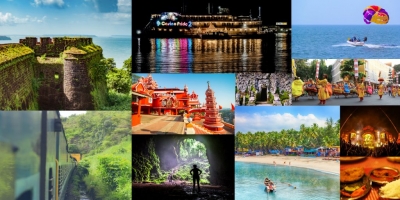
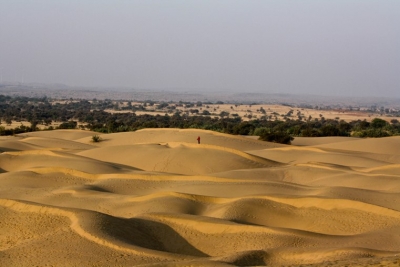
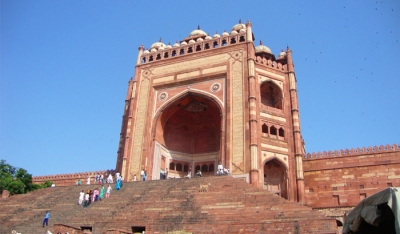
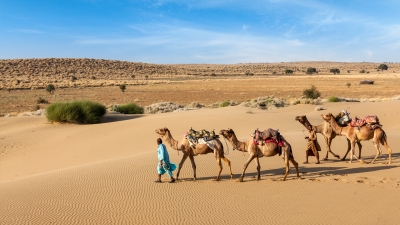
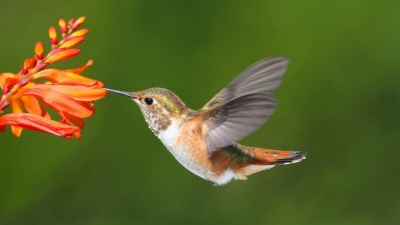
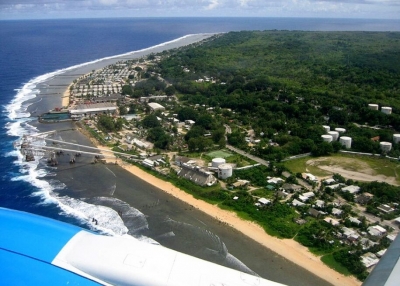
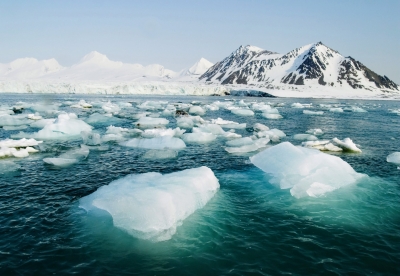 The Arctic Ocean, which is the smallest of the world's oceans, lies close to the North Pole. Along with its marginal seas the Chukchi, East Siberian, Laptev, Kara, Barents, Greenland, and Beaufort, the Arctic Ocean has the least-known basins and bodies of water in the world's oceans due to its remoteness, difficult weather, and perennial or seasonal ice cover.
The Arctic Ocean, which is the smallest of the world's oceans, lies close to the North Pole. Along with its marginal seas the Chukchi, East Siberian, Laptev, Kara, Barents, Greenland, and Beaufort, the Arctic Ocean has the least-known basins and bodies of water in the world's oceans due to its remoteness, difficult weather, and perennial or seasonal ice cover.